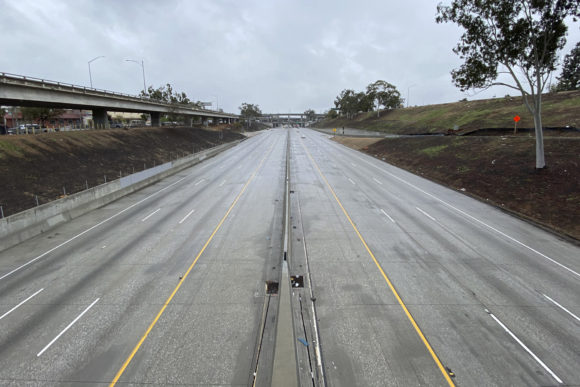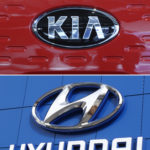Insurers are reporting a 40 to 50 percent drop in claims volume for personal auto and a 30 to 40 percent reduction for commercial auto due to the coronavirus pandemic, an executive for claims-automation provider Snapsheet said Tuesday.
Chief Operating Officer Andy Cohen confirmed much of what he told analysts for Keefe, Bruyette & Woods during a Monday afternoon conference call. He said the March claim count may be the lowest in 50 years.
Cohen said it’s too soon to say whether the drop in frequency will fully offset the rebates that many auto insurers have been given to consumers, which the Information Insurance Institute estimates will amount to $10.5 billion. He said that will depend on how long government stay-at-home warnings will last and the demographic served by individual carriers.
“If people start rolling in May, it’s real dollars out the door for carriers,” he said. “You have some people who are driving more, like health care workers, and some people who aren’t driving at all.”
He said driving behavior has also varied dramatically by region. In Chicago, for example, the city is in near lockdown. But golf courses are open across the state border in Indiana. Cohen said some small carriers have seen decreases in claims volumes of up to 80%.
Cohen said his comments are based on observations, not hard data, although Snapsheet has broad insight because it works with 85 carriers.
Cohen said commercial auto claims have not dropped quite as much as personal auto probably because two-thirds of businesses are classified as essential in state public health orders. While there may be an uptick in claims from the home delivery sector, he said that will be offset by a virtual standstill for ride share services.
Snapsheet, based in Chicago, sells automation products for claims filing, appraisals, payments and fleet management. Cohen said COVID-19 shutdowns are accelerating the industry’s transition toward such technology. He said three years ago, only 1 percent of auto claims were processed electronically. That climbed to 10 to 12 percent one year ago. Now, 90 percent of auto claims are processed electronically.
“There really is no other choice,” he said.
Keefe, Bruyette & Woods’ analysis of Cohen’s comments follows an April 7 report by claims software provider CCC Information Services that projected sharp reductions in the number of miles driven.
CCC industry analyst Susanna Gotsch reported that the overall miles driven in the United States is projected to decline 10.9 percent in 2020 from last year. She noted a report from the Washington State Patrol that during the third week of March, the number of crashes statewide dropped 67 percent compared to the same week a year before. Minor accidents fell 60 percent; serious accidents fell 78 percent, and fatal accidents fell 100 percent. Daily traffic volumes at the same time in Washington fell from 15 to 20 percent during the same week.
Gotsch said although based on only one week’s data, the Washington report illustrates how accident frequency corresponds not only to the amount of traffic on the road, but also the level of congestion.
But the report also notes that with fewer cars on the road, the speed of traffic has increased. An analysis by data analytics firm Inrix found that on March 18, rush hour traffic was moving 71% faster than usual, Gotsch said, citing an article by the New York Times. While greater speed increases risk, Gotsch said drivers on less congested roads are less likely to be distracted.
Gotsch said a slowing economy will have its own impact on the number of miles driven for commercial auto. She said said freight ton-miles are project fall about 5 percent in the first quarter compared to the first quarter of last year, followed by a 12 percent decline in the second quarter and a 4 percent stop in the third.
“Unfortunately, while many of the shelter at home orders may finally ease at the close of April, economic consequences of the COVID-19 outbreak will remain in place for quite some time,” the report says.
About the photo: General overall view of sparse traffic on the Interstate 710 freeway amid the global coronavirus COVID-19 pandemic, Thursday, April 9, 2020, in Los Angeles. (Kirby Lee via AP)
Was this article valuable?
Here are more articles you may enjoy.


 What’s Behind New York Fires? Climate Change, Land Use and History
What’s Behind New York Fires? Climate Change, Land Use and History  KBRA Says Florida Insurers Will Weather Helene and Milton; Cat Fund Can Handle Payouts
KBRA Says Florida Insurers Will Weather Helene and Milton; Cat Fund Can Handle Payouts  Chipotle Shareholders Sue Over Fallout From Skimping on Portion Sizes
Chipotle Shareholders Sue Over Fallout From Skimping on Portion Sizes  Allstate Insurers Sue Hyundai, Kia to Pay for Claims From Defective Cars
Allstate Insurers Sue Hyundai, Kia to Pay for Claims From Defective Cars 